In the fast-paced world of advertising, precision is everything. Fuzzy data matching for advertising agencies has become a critical tool for ensuring that marketing campaigns reach the right audiences with the right messages. Agencies and marketing departments thrive on delivering hyper-targeted, data-driven campaigns. However, the challenge is that customer data often resides in multiple, disconnected systems—CRM platforms, social media analytics, sales databases, and more. Inaccurate or inconsistent data can lead to missed opportunities, wasted ad spend, and ineffective personalization.
That’s where fuzzy data matching for advertising agencies makes a difference. This powerful technique is essential for reconciling inconsistencies, uncovering hidden connections, and ensuring that every campaign is supported by clean, reliable data. Here’s how advertising agencies and marketing teams can leverage fuzzy data matching to drive better results.
Creating a 360-Degree View of Your Audience
Advertising success depends on understanding your audience at a deep level. But when customer data is spread across different platforms—email marketing software, website analytics, loyalty programs, and ad networks—it’s nearly impossible to get a single, unified view.
Fuzzy data matching for advertising agencies enables marketing teams to connect fragmented customer records by identifying similarities, even when names, addresses, or emails are misspelled or formatted differently. The result? A true, 360-degree customer profile that improves segmentation, targeting, and personalization.
Example: A customer might sign up for a newsletter as “Jon Smith” but make a purchase using “Jonathan Smith.” Fuzzy matching ensures both records are linked, providing a clearer view of purchase behavior and engagement.
Keeping Data Fresh with Ongoing Updates
Campaign effectiveness relies on accurate, up-to-date data. But marketing databases are constantly changing—customers change email addresses, businesses move, and new interactions happen daily. Agencies often perform bulk data updates to refresh customer profiles, but without proper matching, they risk duplicating or misidentifying records.
By using fuzzy data matching for advertising agencies during batch updates, marketers can ensure audience data stays current and accurate, preventing duplicate records that lead to wasted ad spend or mistargeted campaigns.
Improving Data Matching Across APIs and Platforms
In today’s omnichannel world, marketing data flows through multiple platforms—Google Ads, Facebook Business Manager, HubSpot, Salesforce, and more. However, these systems don’t always speak the same language, leading to mismatches in data.
Fuzzy data matching for advertising agencies helps reconcile records across these platforms, ensuring seamless customer identification. Whether it’s integrating a new analytics tool or syncing audiences across systems, advertisers can trust their data alignment—even when minor discrepancies exist.
Enabling Smarter, Error-Tolerant Searches
Marketers often conduct searches to pull audience segments for campaigns, but exact matches don’t always exist. A customer may be listed as “Mike Johnson” in one system and “Michael Jonson” in another. Traditional database searches would miss this connection, but fuzzy matching bridges the gap.
With fuzzy data matching, advertising agencies can build more complete segments—even when data is messy—ensuring no valuable lead or customer profile is missed due to formatting or entry inconsistencies.
Maximizing Value in Mergers & Acquisitions
For agencies undergoing a merger or acquiring a competitor, one of the biggest challenges is integrating customer databases. Different companies may store data in unique formats, making it difficult to align audiences, past campaign data, and customer insights.
Fuzzy data matching for advertising agencies accelerates post-merger data integration by identifying duplicate or related customer records across both companies. This allows teams to quickly unify datasets and begin targeting their expanded audience with cohesive, high-performing campaigns.
Automating Cross-Departmental Data Consolidation
Marketing teams frequently rely on manual processes—pulling reports from various systems and using Excel or SQL to merge data. This is time-consuming, error-prone, and unsustainable at scale.
Fuzzy data matching automates this entire process, eliminating the need for weekly reconciliations or manual record reviews. Instead of cleaning data in spreadsheets, agencies can spend time analyzing insights and making strategic campaign decisions.
Final Thoughts: Smarter Advertising Starts with Smarter Data
For advertising agencies and marketing teams, clean, unified data is the foundation of successful campaigns. Without it, personalization suffers, ad budgets are wasted, and customer insights remain incomplete.
By implementing fuzzy data matching for advertising agencies, your team can:
-
Build accurate, 360-degree customer profiles
-
Improve targeting and segmentation
-
Reduce wasted ad spend on duplicate or incomplete records
-
Automate data consolidation across systems
-
Maximize value from mergers, acquisitions, and third-party datasets
As advertising becomes increasingly data-driven, agencies that invest in data quality and identity resolution gain a lasting competitive edge. Fuzzy data matching isn’t just a backend tool—it’s a campaign performance multiplier.
Try Match Data Pro – Built for Advertising Agencies
The Match Data Pro platform is multiuser, multilingual, and simple to use. It’s available as a self-service SaaS application with monthly subscriptions (no contracts), or as an on-premise/private cloud solution with annual and perpetual licensing options.
🎯 Give it a try free—no registration required: Click Here
